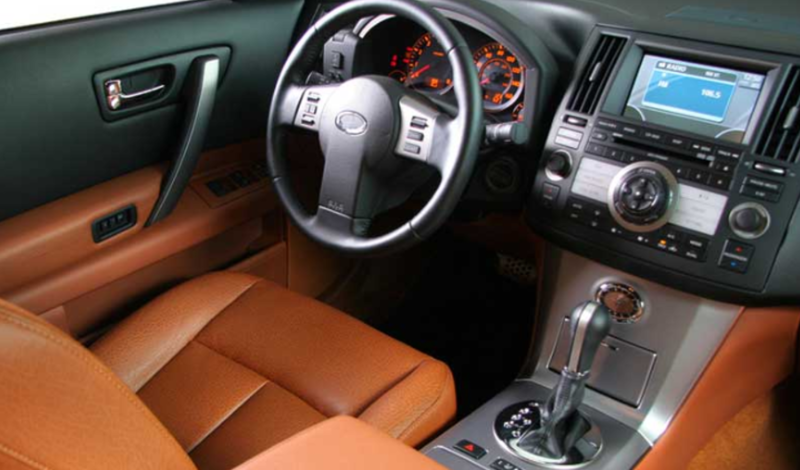The deployment of Advanced Driver Assistance Systems in Europe
Introduction
Road transport is an essential service in society, but the burden of traffic crashes and Pollution is immense. European data show that road accidents in the EU countries cause about 250,000 seriously injured people every year, with 28,000 fatalities in 2012 (Kearns & Kidd, 2013). US data in addition, illustrate that automobile crashes led to 34,080 fatalities in 2012 (National Highway Traffic Safety Administration (NHTSA), 2013), where about 90% of the cases were attributed at least partially to driver error (Smith, 2013).
Therefore, car manufacturers have introduced a range of vehicle systems to assist drivers in their driving task, and subsequently enhance driving safety, comfort and traffic efficiency (Golias et al., 2002). Such systems are broadly known as Advanced Driver Assistant Systems (ADAS) and can be described as “systems developed to automate/adapt/enhance vehicle systems for safety and better driving” (Himabindu & Yasmeen, 2014). The ADAS, depending on their functions and design, are either primarily addressed to support the driver, and thuscalled driver support systems, e.g. navigation systems, vision enhancement, automated transactions and driver vigilance monitoring, or the vehicle and subsequently referred to as vehicle support systems, e.g. speed control, lane departure collision avoidance, obstacle detection (Golias et al., 2002). Building upon this generic classification more detailed ADAS categorisations can be found in the literature, e.g. (Golias et al., 2002; Shladover, 1995; Vahidi & Eskandarian, 2003).
Many studies have shown the positive impact of ADAS on traffic accidents, e.g. (Golias et al.,2002; Jermakian, 2011; Kahane & Dang, 2009; Kuehn et al., 2009; National Highway Traffic Safety Administration (NHTSA), 2000, 2005). Electronic Stability Control (ESC) and Antilock Brake Systems (ABS), which prevent a large proportion of both fatal and nonfatal crashes (Kahane & Dang, 2009), are now mandatory in new vehicles (iMobility Forum, 2013). This paper focuses on further ADAS, which are optional in a wide range of vehicles. Among them, the Implementation Road Map Working Group of the European eSafety Forum has selected those expected to reduce road fatalities and emissions in the short- and medium-termin Europe (eSafety Forum, 2008; van Calker & Flemming, 2012). These systems are known as Priority Systems, and are classified into:
- Blind Spot Monitoring systems, which use camera techniques with image processing or radar sensors to provide better vision into the blind spot area of a vehicle or supplemental information regarding an obstacle being in that area.
- Adaptive Headlights systems, which comprise electromechanically controlled headlights to ensure optimum illumination of the lane in bends.
- Obstacle and Collision Warning systems, which detect obstacles and warn the Drivers about an imminent collision.
- Lane Keeping Support systems, which indicate or warn the drivers when leaving the lane unintentionally.
- Emergency Braking systems, which detect obstacles and notify the drivers about animminent collision; in addition, in the case of a unavoidable collision the system then brakes automatically and forcefully.
- Eco Driving Support systems, which assist and encourage drivers to keep driving in amore environmentally friendly manner by providing them with information about the fuel consumption, energy-use efficiency and appropriate gear selection.
read more : https://www.vdi-wissensforum.de/news/the-deployment-of-advanced-driver-assistance-systems-in-europe/



/http%3A%2F%2Fventurebeat.com%2Fwp-content%2Fuploads%2F2019%2F09%2Fwaymo-ipace-e1572290208222.jpg%3Fresize%3D1200%2C600%26strip%3Dall)
/http%3A%2F%2Fsecurityintelligence.com%2Fwp-content%2Fuploads%2F2020%2F10%2FAutonomous-Car-Security-.jpeg)
/http%3A%2F%2Fportswigger.net%2Fcms%2Fimages%2F8a%2F8b%2Fe0dd-article-201023-machine-learning-ai-concept.jpg)
/https%3A%2F%2Fassets.over-blog.com%2Ft%2Fcedistic%2Fcamera.png)
